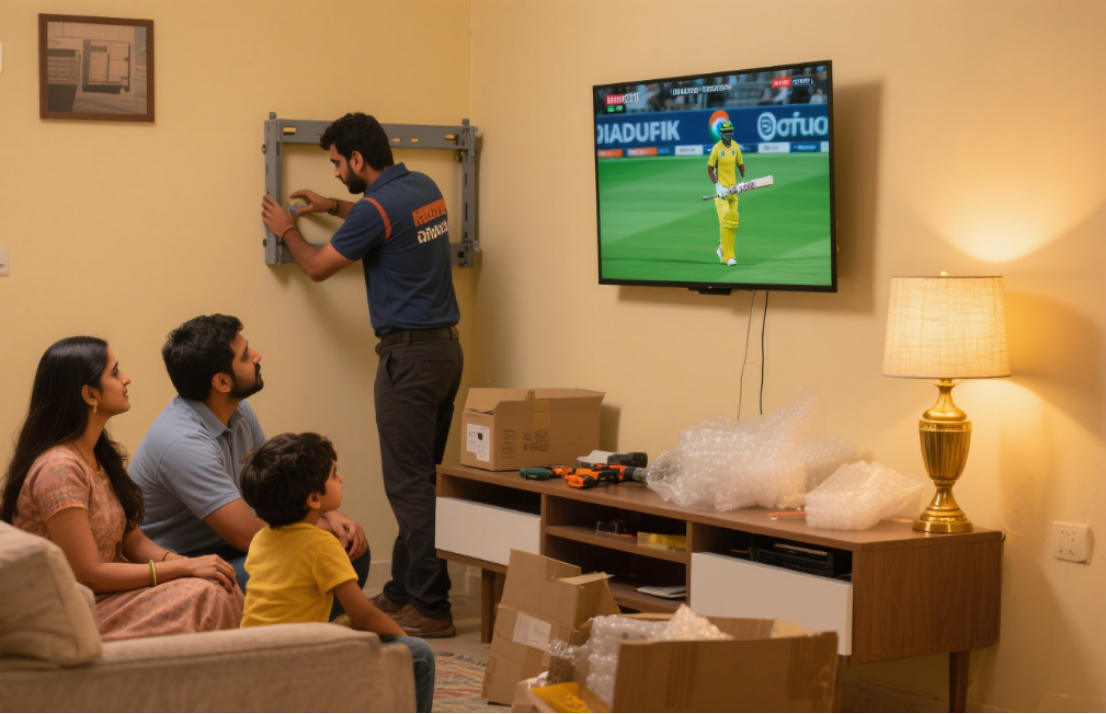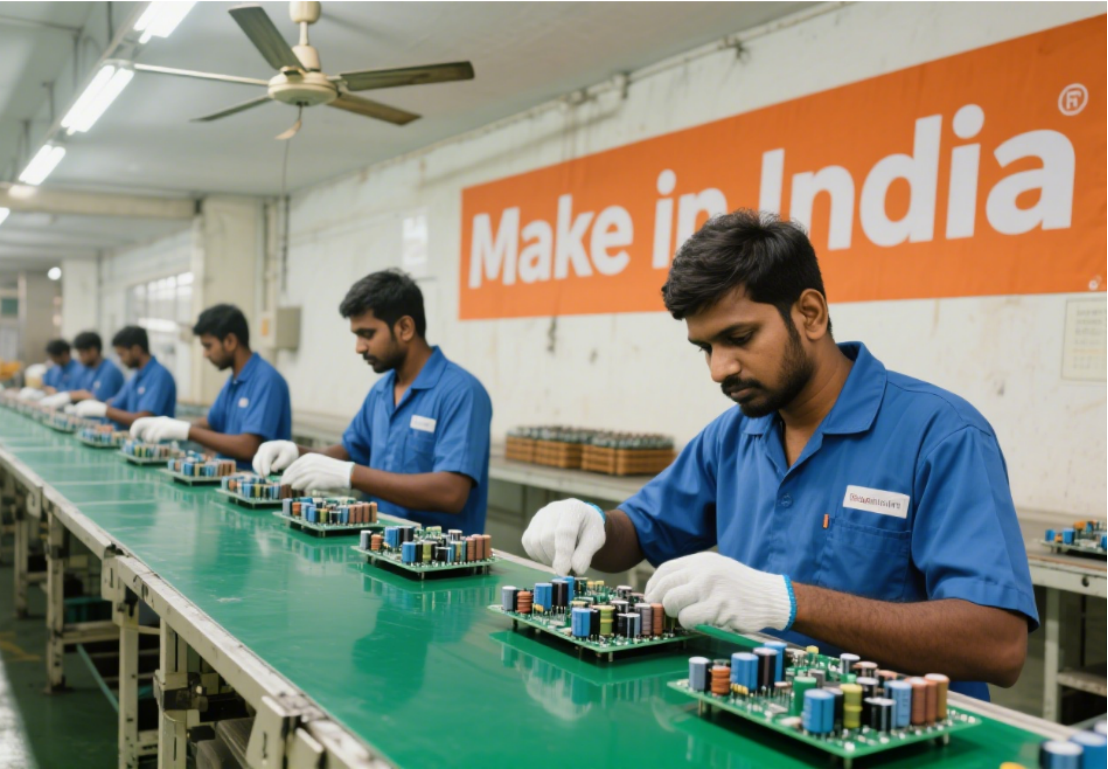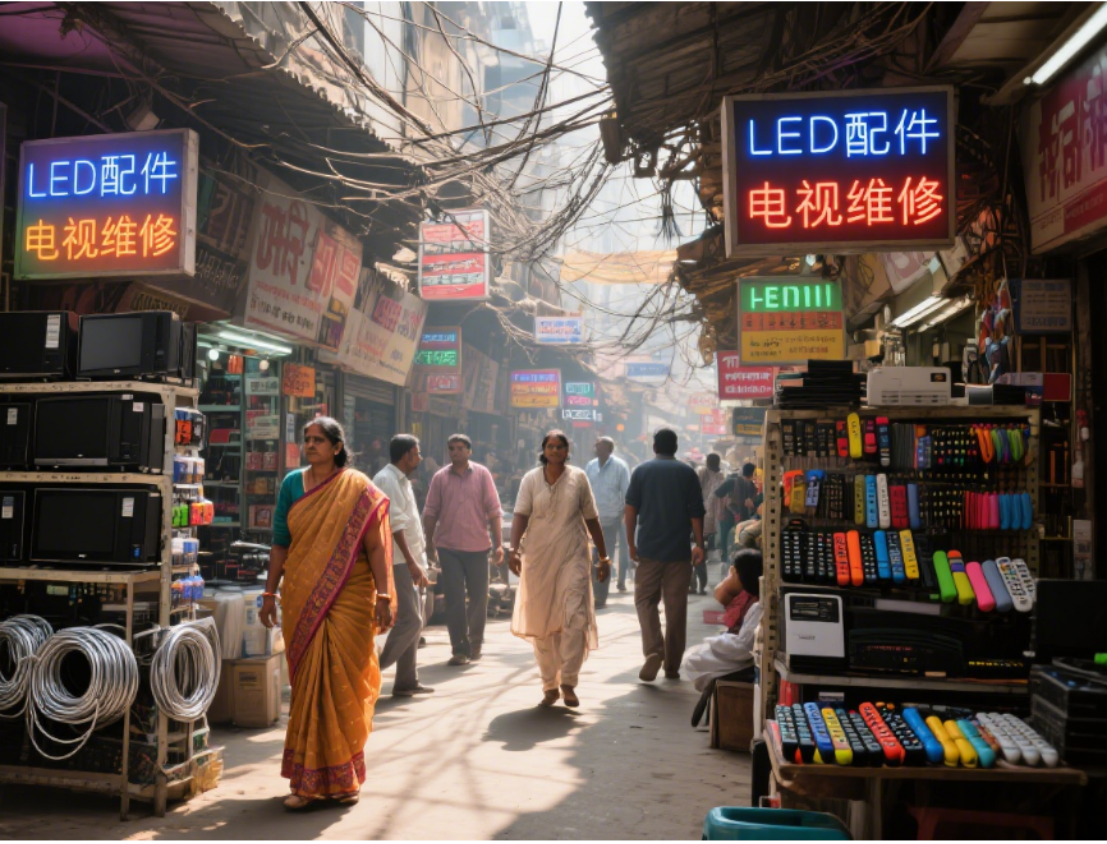India’s consumer electronics market is experiencing rapid growth, particularly in the field of televisions and their accessories. Its development exhibits distinct structural characteristics and challenges. Below is an analysis covering market size, supply chain status, policy impacts, consumer preferences, and future trends

I. Market Size and Growth Potential
India’s consumer electronics market is projected to reach $90.13 billion by 2029, with a compound annual growth rate (CAGR) of 33.44%. While the TV accessories market has a relatively small base, demand for smart TV accessories is growing significantly. For instance, the smart TV stick market is expected to reach $30.33 billion by 2032, growing at an annual rate of 6.1%. The smart remote control market, valued at $153.6 million in 2022, is projected to increase to $415 million by 2030. Additionally, the set-top box market will reach $3.4 billion by 2033, with a CAGR of 1.87%, driven primarily by digital transformation and the popularization of OTT services.
II. Supply Chain Status: Heavy Reliance on Imports, Weak Domestic Manufacturing
India’s TV industry faces a critical challenge: heavy dependence on imports for core components. Over 80% of key parts such as display panels, driver chips, and power boards are sourced from China, with LCD panels alone accounting for 60% of the total TV production cost. Domestic production capacity for such components in India is almost non-existent. For example, motherboards and backlight modules in Indian-assembled TVs are mostly supplied by Chinese vendors, and some Indian companies even import shell molds from Guangdong, China. This reliance makes the supply chain vulnerable to disruptions. In 2024, for instance, India imposed anti-dumping duties (ranging from 0% to 75.72%) on Chinese printed circuit boards (PCBs), directly increasing costs for local assembly plants.

Despite the Indian government’s launch of the Production-Linked Incentive (PLI) scheme, results remain limited. For example, Dixon Technologies’ joint venture with China’s HKC to build an LCD module factory is still pending government approval. India’s domestic supply chain ecosystem is immature, with logistics costs 40% higher than in China. Moreover, the local value addition rate in Indian electronics manufacturing is only 10-30%, and critical equipment like SMT placement machines still relies on imports.
III. Policy Drivers and International Brand Strategies
The Indian government is promoting domestic manufacturing through tariff adjustments and the PLI scheme. For example, the 2025 budget reduced import duties on TV panel components to 0% while increasing tariffs on interactive flat-panel displays to protect domestic industries. International brands like Samsung and LG have responded proactively: Samsung is considering shifting part of its smartphone and TV production from Vietnam to India to leverage PLI subsidies and reduce costs; LG has built a new factory in Andhra Pradesh to produce components for white goods like air conditioner compressors, though progress in localizing TV accessories remains slow.
However, technological gaps and inadequate supporting infrastructure hinder policy effectiveness. China has already mass-produced Mini-LED and OLED panels, while Indian enterprises struggle even with cleanroom construction. Additionally, India’s inefficient logistics extend component transportation time to three times that of China, further eroding cost advantages.
IV. Consumer Preferences and Market Segmentation
Indian consumers exhibit dichotomous demand patterns:
Dominance of the economy segment: Tier-2, Tier-3 cities, and rural areas prefer low-cost assembled TVs, relying on CKD (Completely Knocked Down) kits to reduce costs. For example, local Indian brands assemble TVs using imported Chinese components, pricing their products 15-25% lower than international brands.
Rise of the premium segment: Urban middle classes are pursuing 4K/8K TVs and smart accessories. Data from 2021 shows that 55-inch TVs saw the fastest sales growth, with consumers increasingly opting for add-ons like soundbars and smart remotes. Furthermore, the smart home appliance market is growing at 17.6% annually, driving demand for voice-controlled remotes and streaming devices.

V. Challenges and Future Trends
Supply Chain Bottlenecks: Short-term reliance on China’s supply chain remains unavoidable. For instance, Indian enterprises’ imports of Chinese LCD panels increased by 15% year-on-year in 2025, while domestic panel factory construction remains in the planning stage.
Pressure for Technological Upgrades: As global display technology evolves toward Micro LED and 8K, Indian enterprises risk falling further behind due to insufficient R&D investment and patent reserves.
Policy and Ecosystem battle: The Indian government must balance protecting domestic industries with attracting foreign investment. While the PLI scheme has attracted investments from companies like Foxconn and Wistron, reliance on imported key equipment persists.
Future Outlook: India’s TV accessories market will follow a dual-track development path—the economy segment will continue to depend on China’s supply chain, while the premium segment may gradually break through via technical collaborations (e.g., Videotex’s partnership with LG to produce WebOS TVs). If India can strengthen its domestic supply chain within 5-10 years (e.g., building panel factories and cultivating semiconductor talent), it could gain a more significant position in the global industrial chain. Otherwise, it will remain a “assembly hub” for the long term.
Post time: Aug-21-2025




